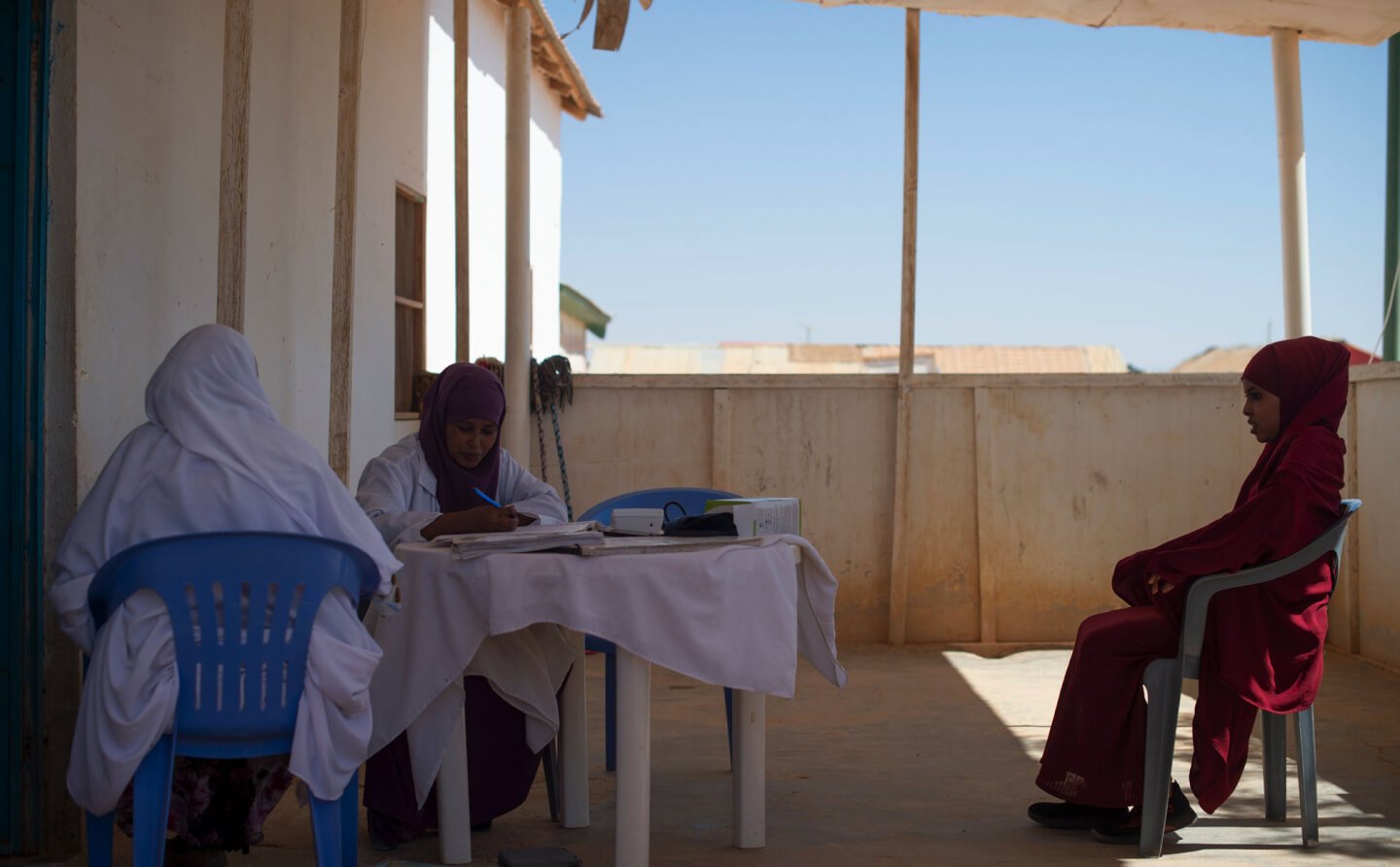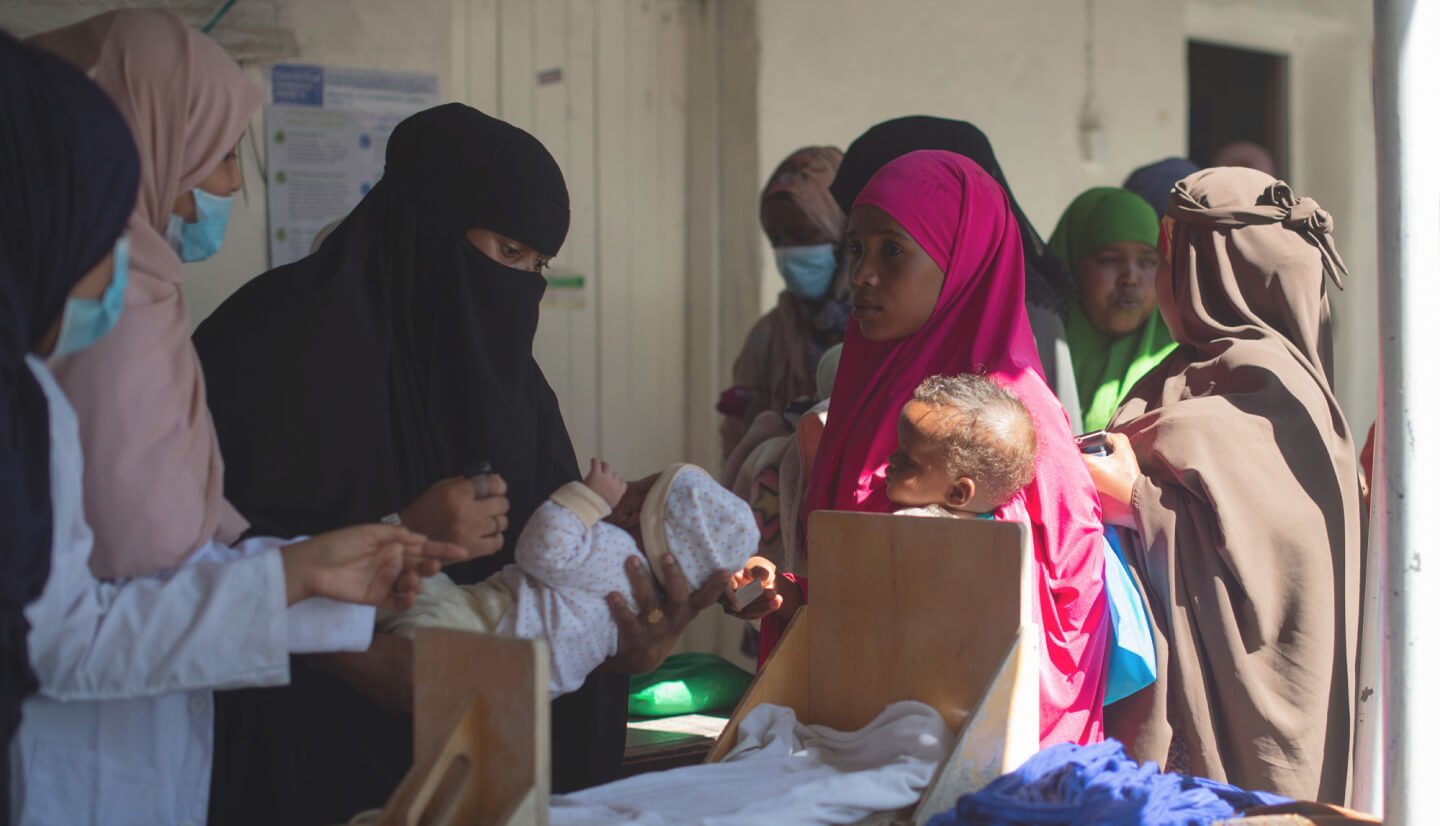Female Genital Mutilation in Somalia
Female genital mutilation (FGM) refers to “all procedures involving partial or total removal of the female external genitalia or other injury to the female genital organs for non-medical reasons[1].” There is no known medical benefit to this harmful practice, which is a significant obstacle for addressing poverty and advancing other areas of human development.[2]

The risks to girls and women
Those subjected to FGM are at risk of infection, birth complications, haemorrhage and even death. They are also vulnerable to early marriage, dropping out of school, mental health disorders and reduced opportunities for growth, development and sustainable incomes.
99%
PREVALENCE RATE OF FGM IN SOMALIA5-9
Age range when majority of girls are cutDespite United Nations resolutions calling for the elimination of FGM, the practice remains near universal in Somalia with a 99 per cent prevalence rate. Recent estimates indicate that more than 2.1 million girls in Somalia are at risk of FGM between 2015 - 2030[3]

Causes stem from gender inequality
In Somalia, social drivers and root causes of FGM stem from gender inequality, including a desire to control female sexuality, support for religious narratives, limited access to education and economic opportunities for girls and women and assurance of girls’ or women’s social status, chastity or marriageability. The practice has persisted as a result of beliefs that uncut women and girls are promiscuous, unclean and physically undesirable.
Ending harmful practices
In 2008, the United Nations Population Fund (UNFPA) and the United Nations Children’s Fund (UNICEF) launched the Joint Programme on Eliminating Female Genital Mutilation to end FGM in one generation, which is linked to the Sustainable Development Goal 5 of ending all harmful practices by 2030.